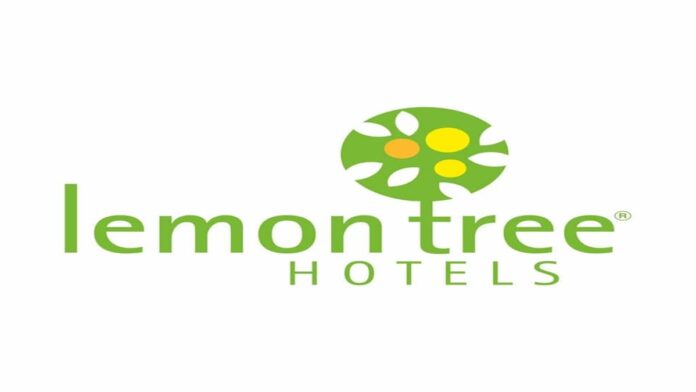Lemon Tree Hotels, once an affordable hotel brand, has transformed into a diversified player, targeting customers across economic to high-end segments. It is betting big on its premium brand, with a strong focus on asset-light expansion and non-room revenue, to drive future growth.
However, one of its key premium assets, on which it is betting big, is facing operational inefficiencies. Consequently, Lemon Tree stock has underperformed the industry, especially Indian hotels, with its valuation discount widening to over 40% from 20% earlier.
Nevertheless, the company has an aggressive expansion pipeline, with plans to scale up premium properties and improve operational efficiency. These initiatives are expected to drive growth.
With strong growth in India’s tourism sector, premiumisation, and rising per capita income, is Lemon Tree’s underperformance a temporary hurdle, or is it well-positioned for a strong comeback? We have explained this in this story.
ALSO READIndia’s No. 1 Hotel Company: Can the Leader’s bold 2030 vision drive Its stock higher?
Broad portfolio across multiple price points
Lemon Tree Hotels is the market leader in the mid-scale and economy segment, with ~10,000 operational rooms across multiple brands.
The company has a strong presence in tier-1 cities, which account for 66% of its inventory across NCR, Mumbai, Pune, Hyderabad, and Bengaluru. These are strong markets with high disposable income and high room rates, accounting for around 73% of the company’s total room revenue.
The company operates seven brands: Aurika Hotels & Resorts, Lemon Tree Premier, Lemon Tree Hotels, Red Fox, and three brands under Keys brand: Keys Select, Keys, Keys Lite, and Keys Prima.
Aurika operates in the upscale segment, Lemon Tree Premier and Keys Prima in the upper-mid-scale segment, Lemon Tree Hotels and Keys Select in the mid-scale segment, and Red Fox and Keys Lite in the economy segment.
According to Axis Capital, its market share is 15% in the mid-scale and economy segments, which is expected to increase to 16% by FY27E, as per Horwarth. It also has an 8% share in the upper-mid-scale segment.
Focus on asset-light expansion through managed hotels
The company operates on two business strategies: capital-light (managed) and capital-heavy (owned).
Over the last few years, the capital-light business model has become the go-to strategy for the hotel industry due to its operational benefits.
» Read More


